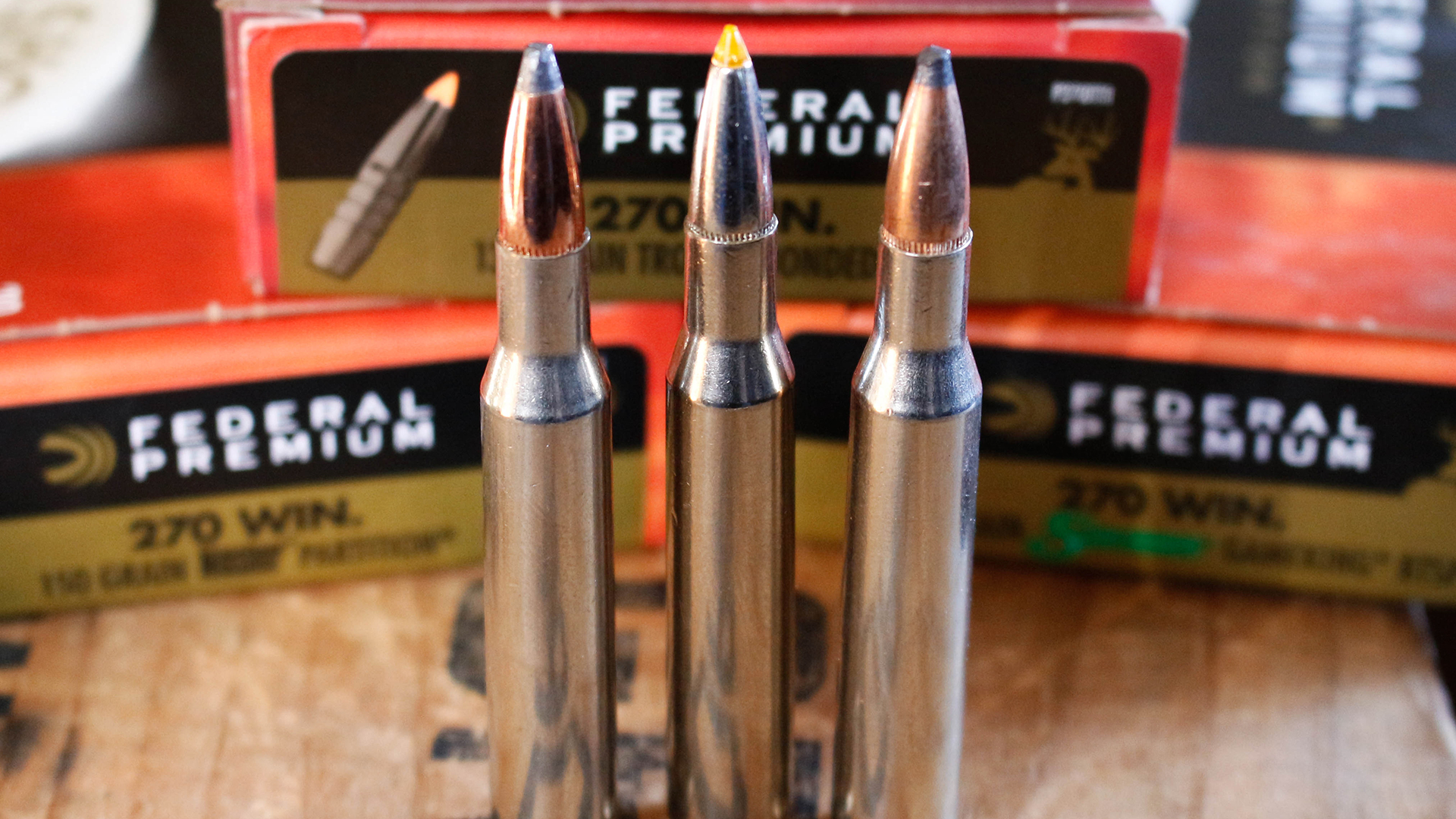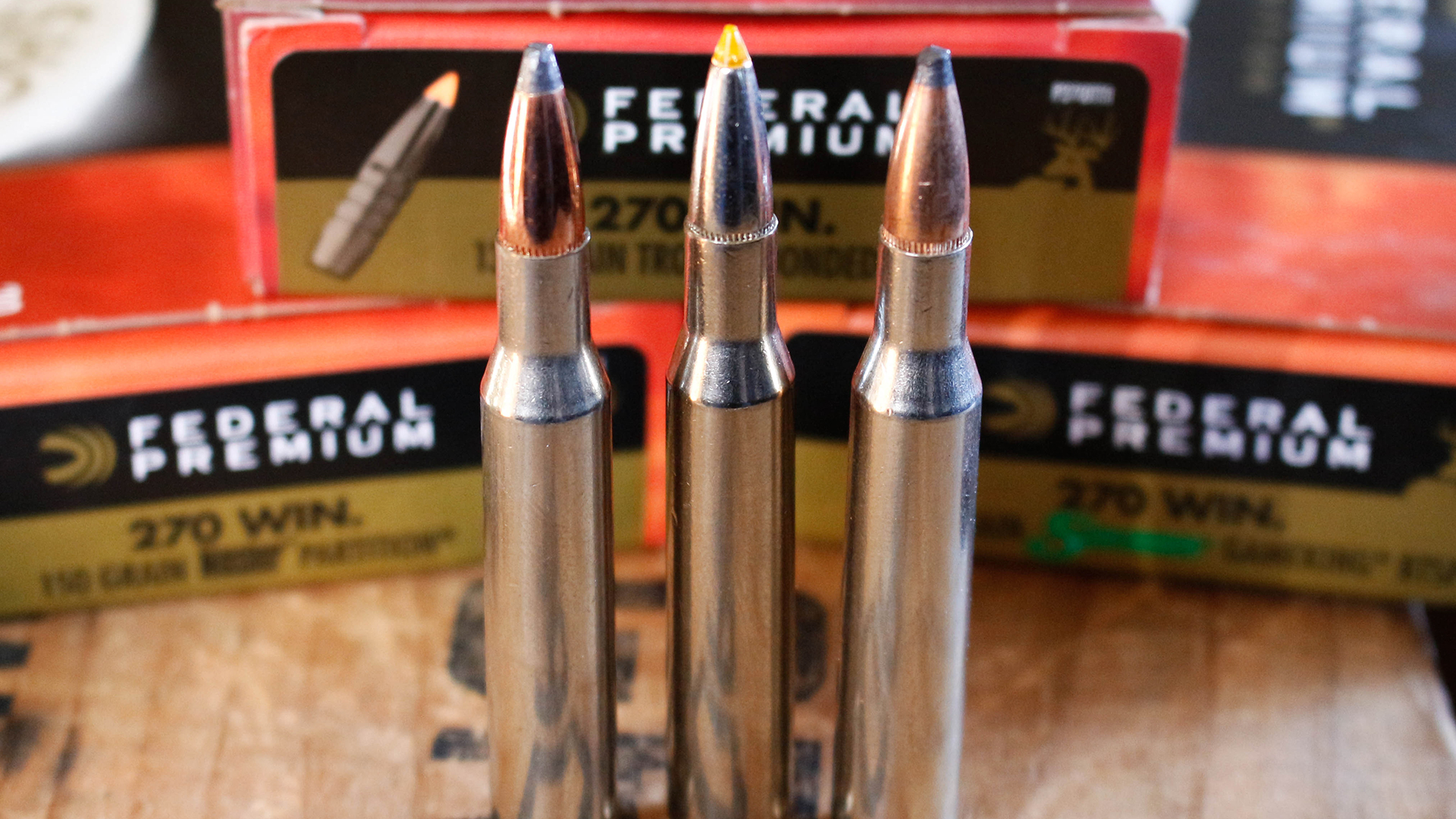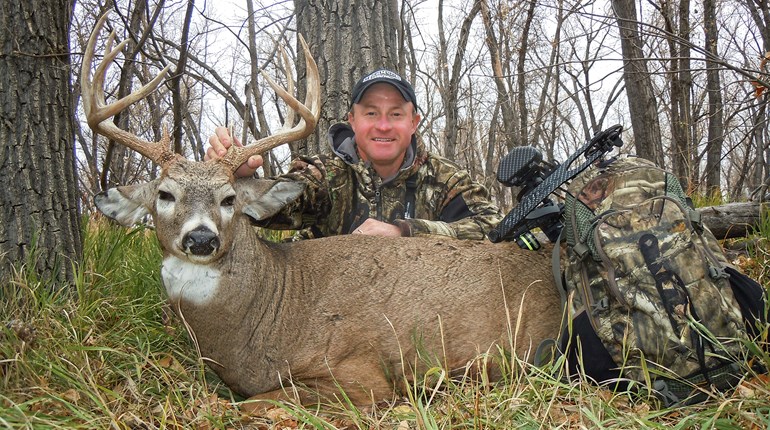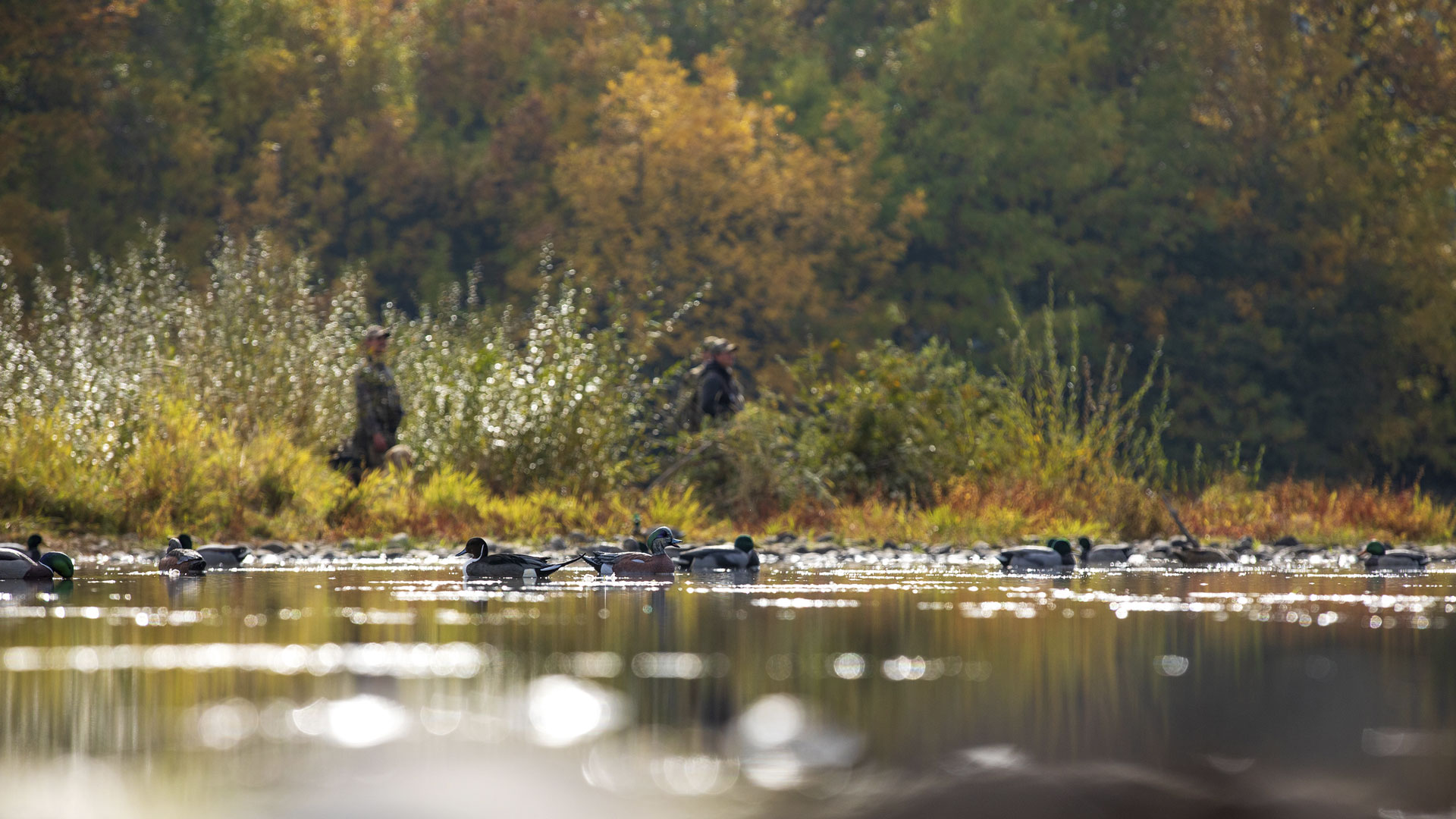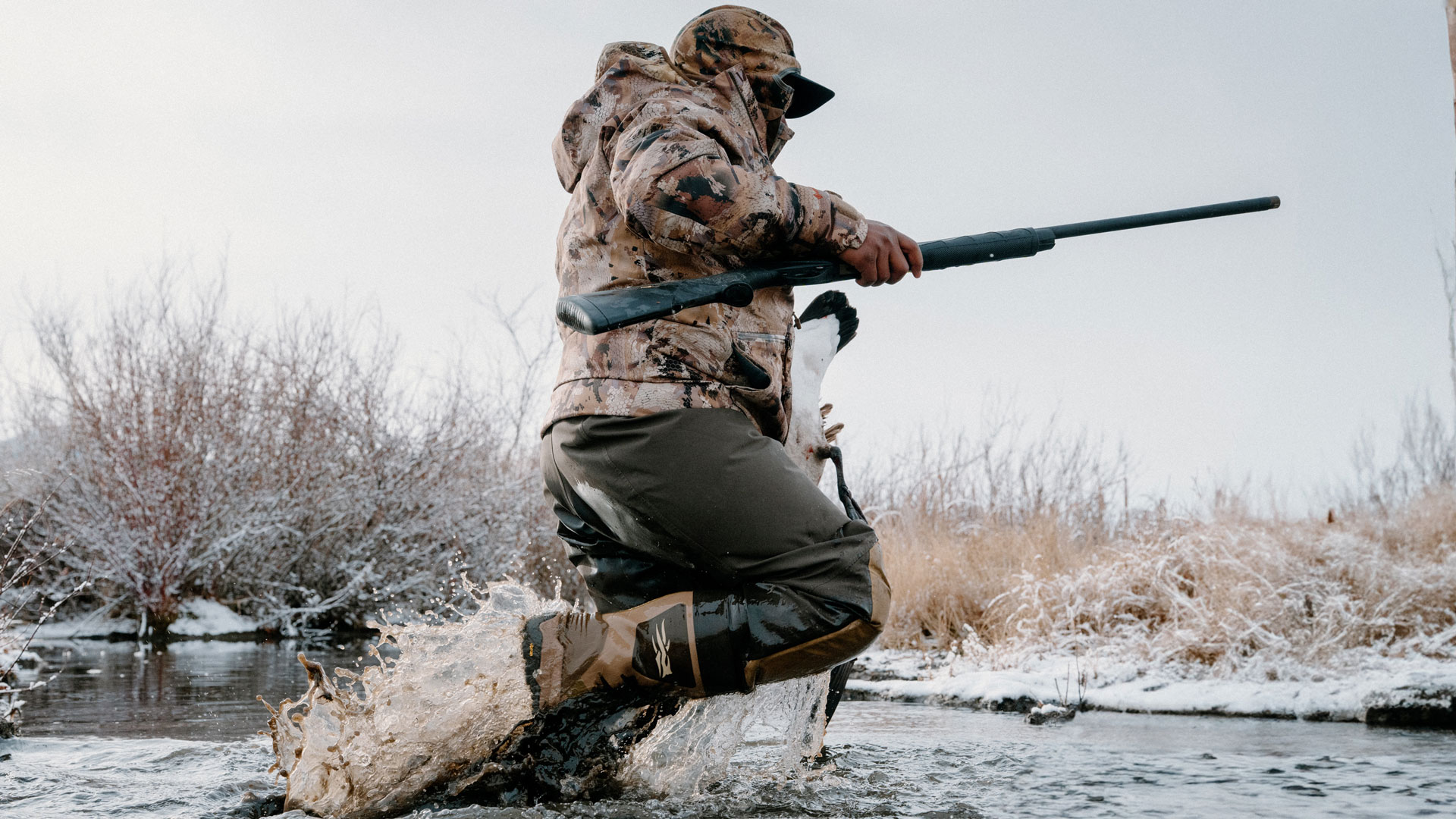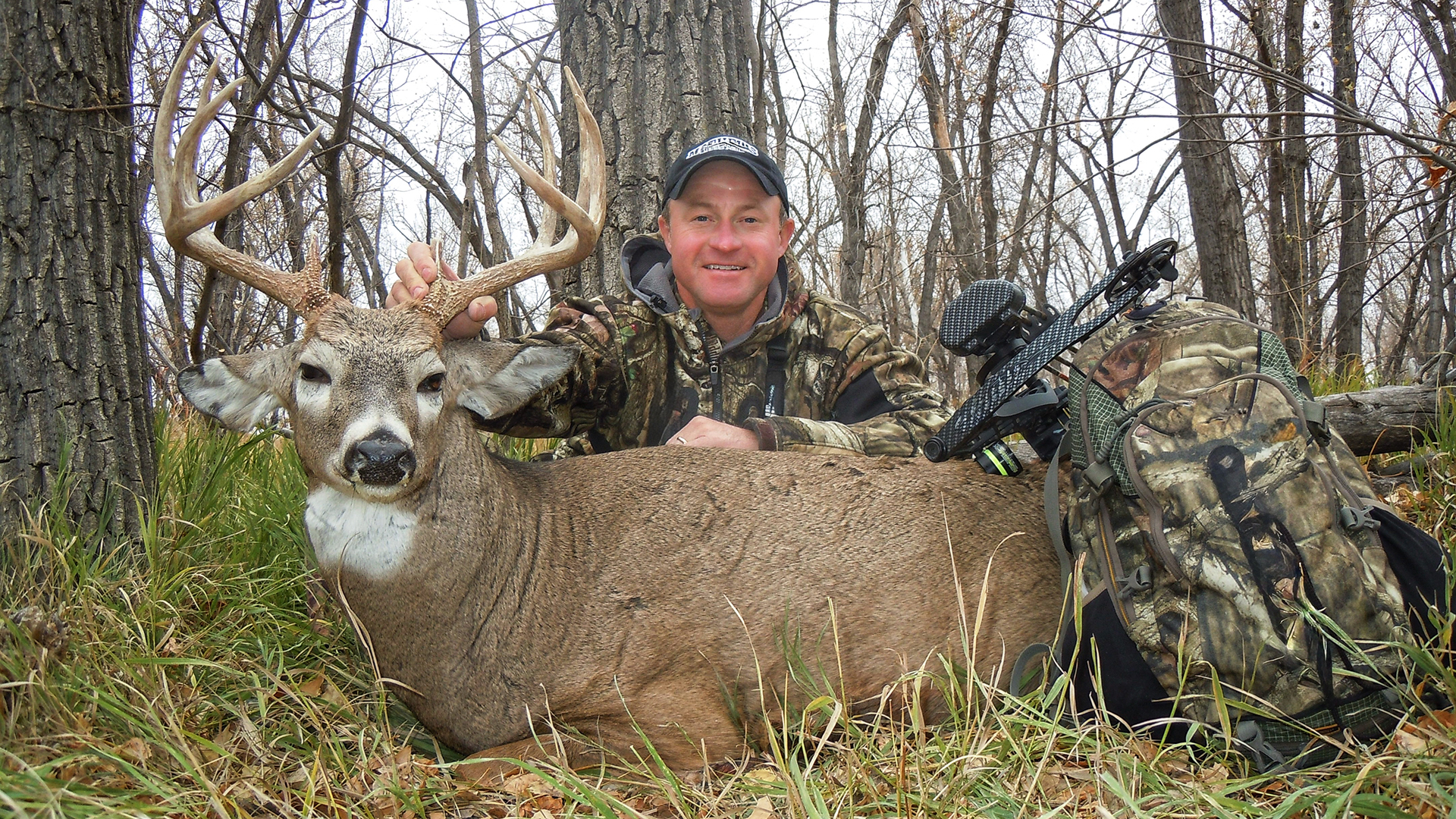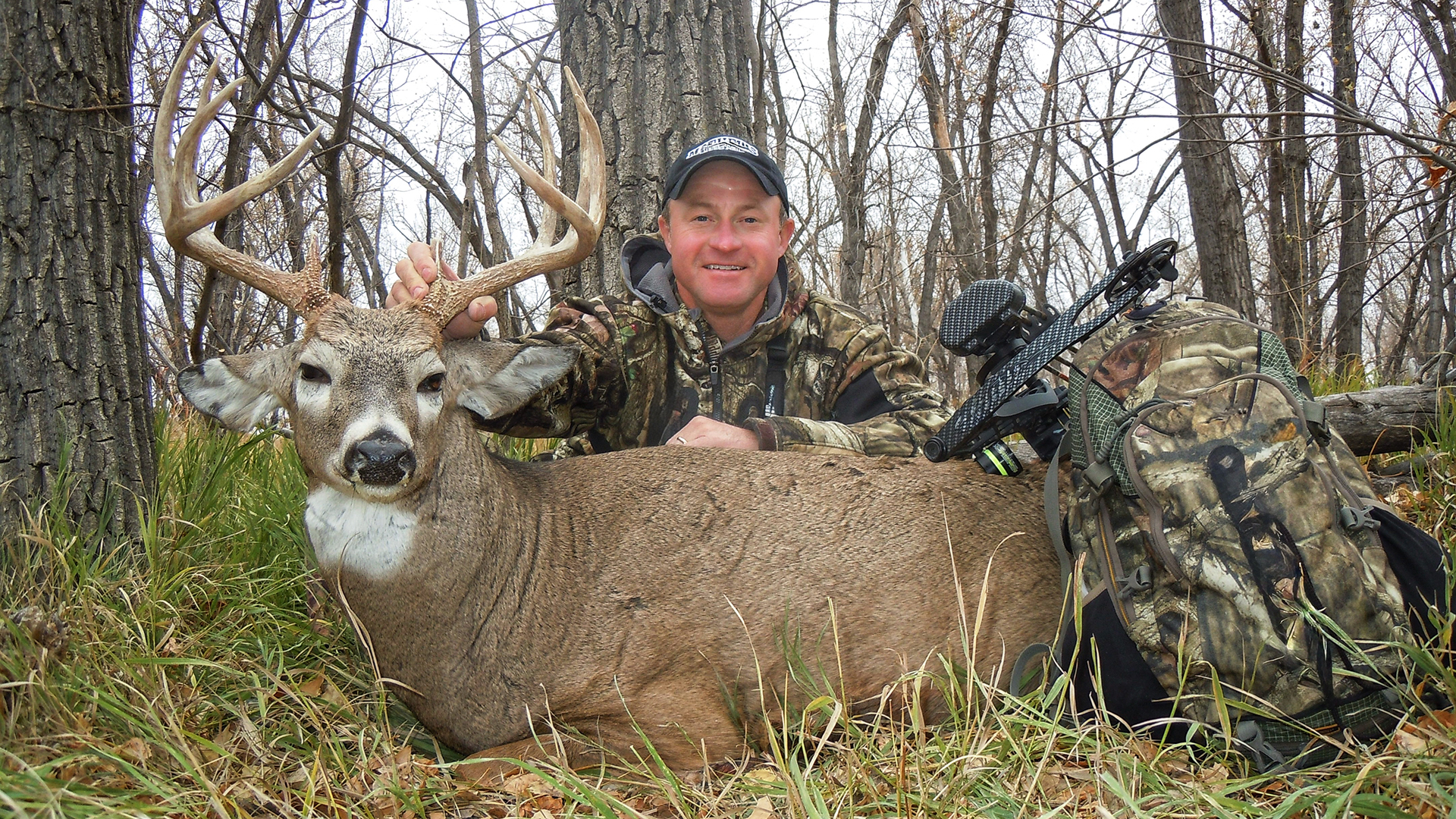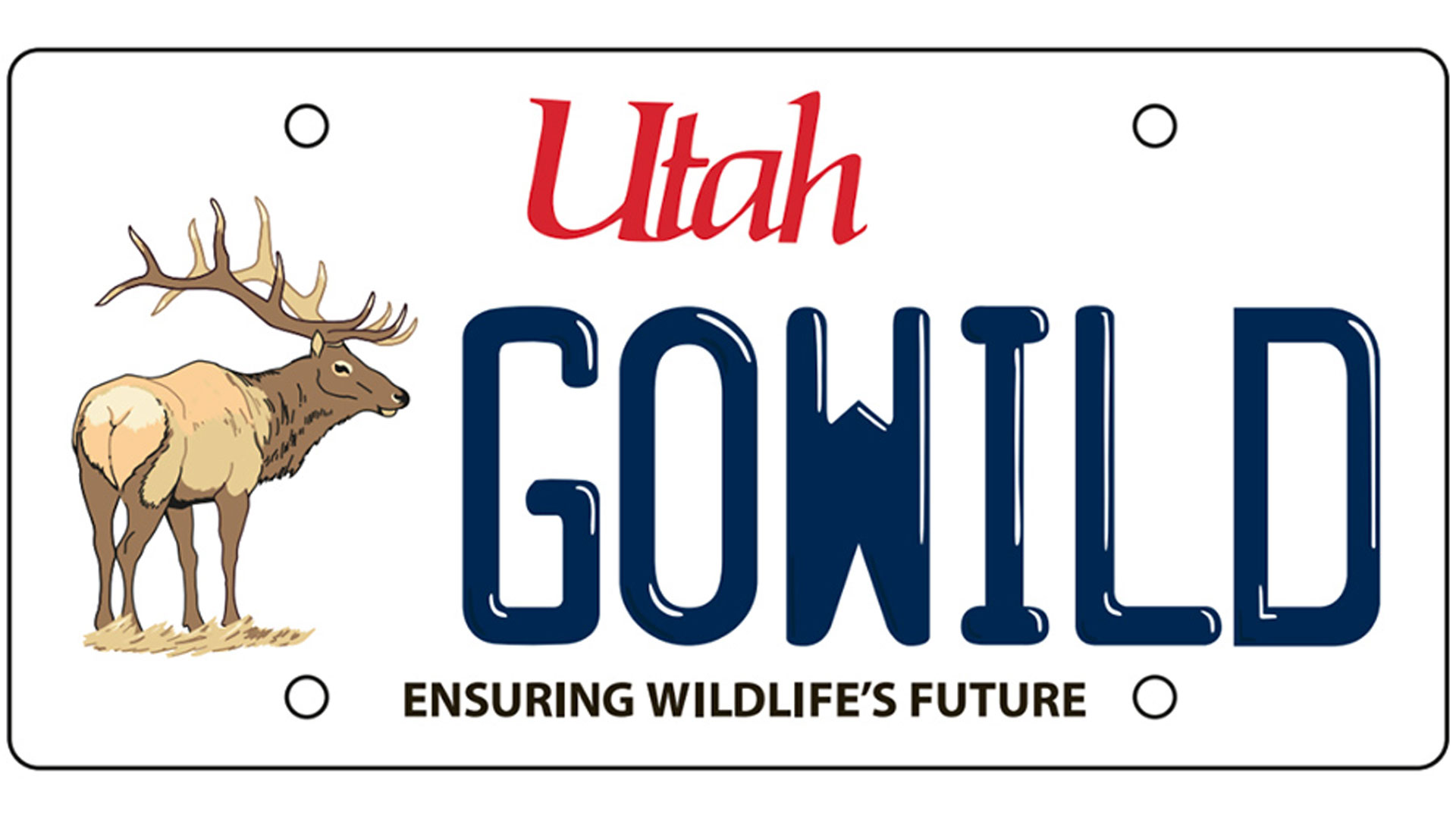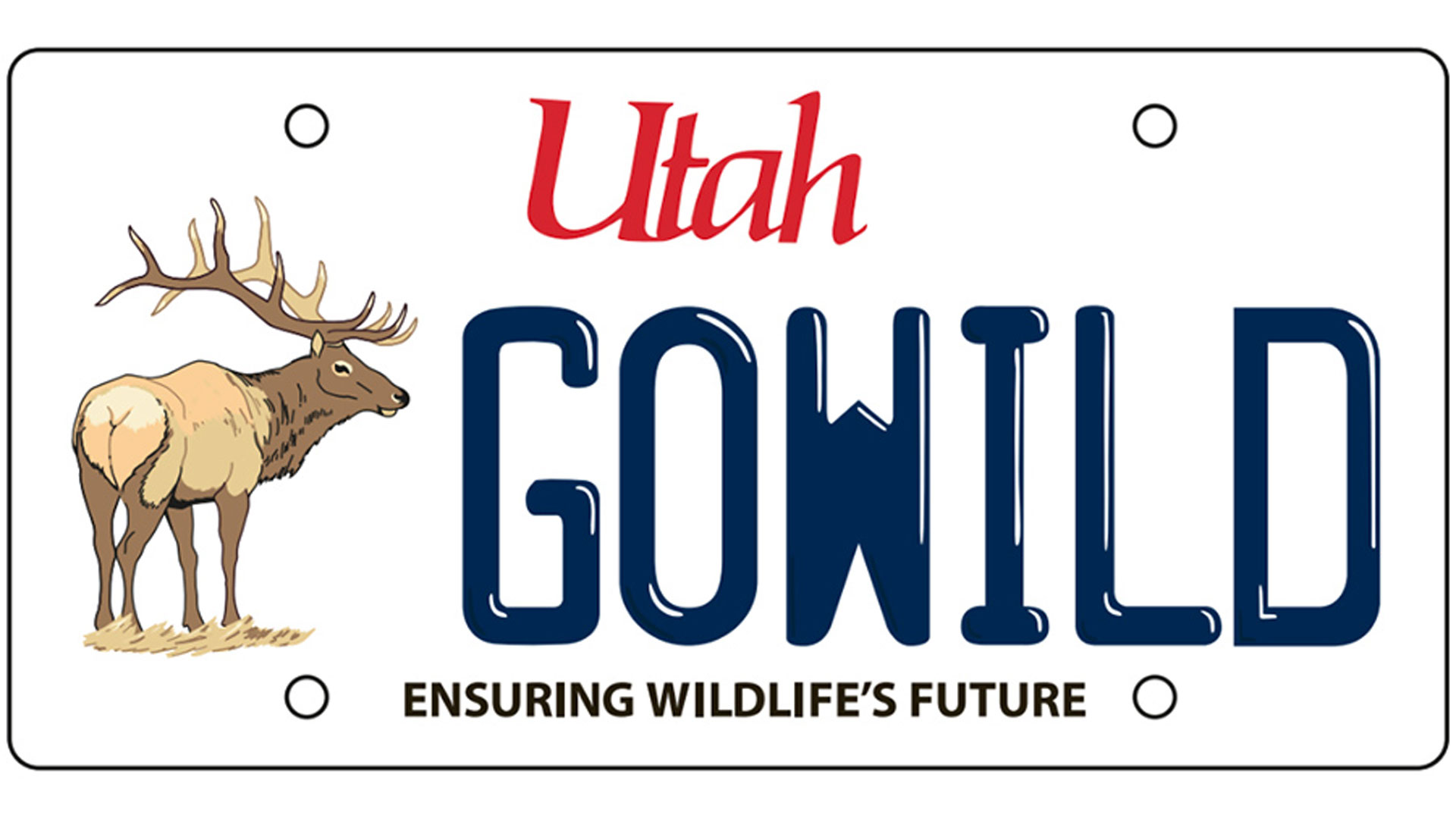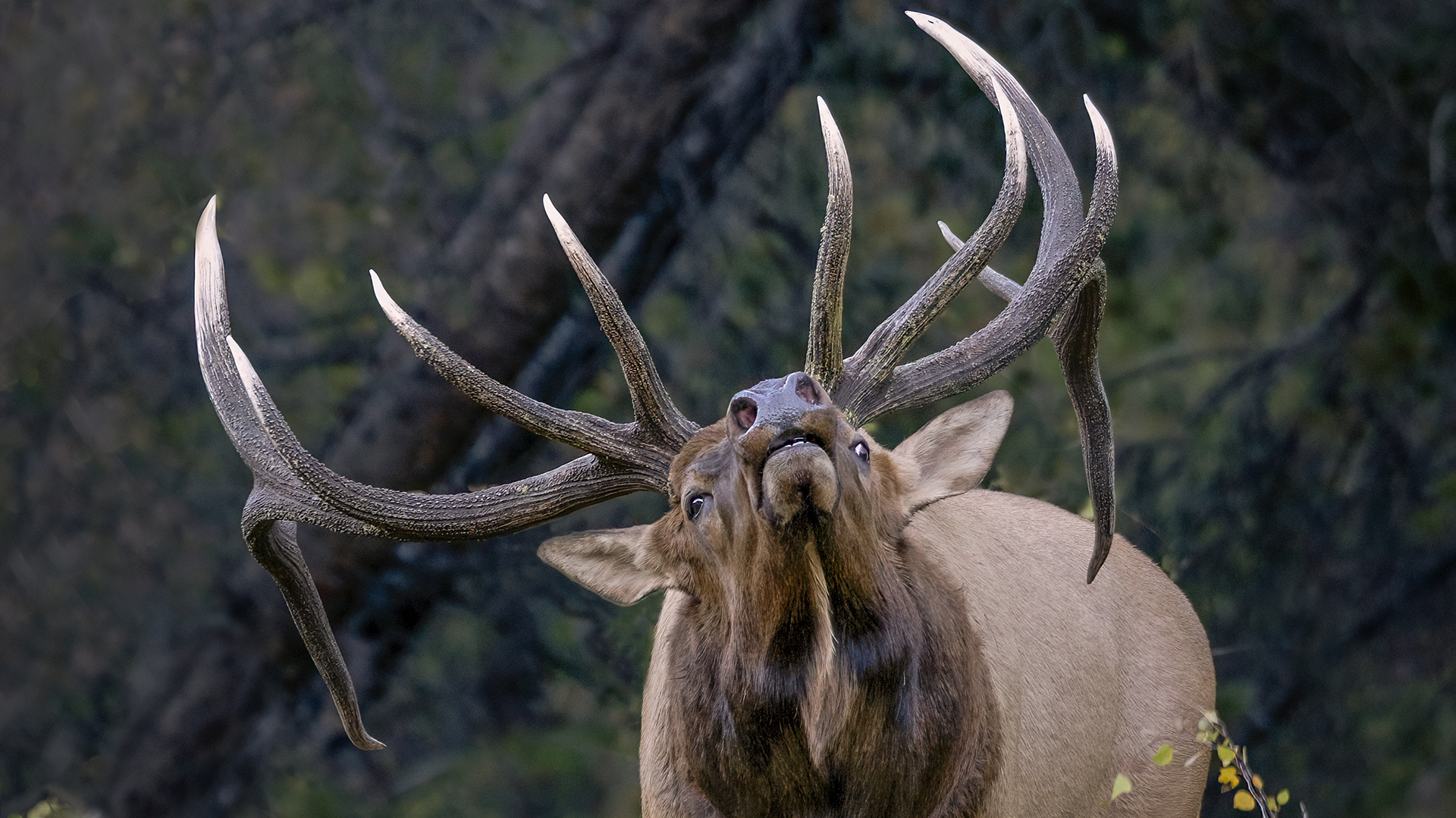
I wondered what could possibly be going through that bull’s mind other than it thinking it needs to come to my calls and join the rut revelry. After nearly an hour of off-and-on calling with only a tepid response, the woods had abruptly fallen as silent as a mime convention. Glimpses of a bull through the dense brush, along with a couple of return bugles, had boosted my confidence earlier, but despite my actions the bull never committed. I wrote off the encounter and moved on to inspect a spring for evidence of regular elk activity in the area. If the elk would not answer my calls, I would need to sharpen my hunting skills to bring meat off the mountain in another manner.

Elk are getting smarter. Thinking they are not could ruin your hunt. They yearn for companionship, but realize their response, vocal or advancing, could have dangerous implications. Sometimes you catch a bull in just the right mood as I did in Colorado one year. The bull had no social issues about returning bugles and called back a dozen times as it made its way up the mountain to my position. That bull took a ride home in a Coleman cooler.
Quite the opposite typically occurs, like the bull I describe above in the intro. Acting like a stubborn Eastern gobbler, they stand their ground, bugle back and goad you into coming to them. Worse yet, they may give you one halfhearted bugle and you never hear from them again, like that lazy relative in need of a quick cash fix. Sayonara money and elk. With elk honing their evasive tactics, you need to make a judgment call quickly when landing in new country and especially when sizing up how to respond to a vocal bull.
A Proper Eval
Few elk hunting areas today, except for extreme backcountry locations, receive only minimal elk hunting pressure. With herds in most areas of the West at wildlife agency objectives or exceptionally above herd management goals, expect pressure. To manage these herds wildlife agencies offer a tremendous number of tags in hopes of curbing the situation. Sometimes it works, but oftentimes the pressure just prods elk to sanctuary locations like a huge private ranch not allowing public hunting. Elk eating ranchers’ grass led Wyoming legislative discussions this past year, along with voting and gun rights. Yes, it is becoming a big deal, but I did not see anyone welcoming the hunting masses with open arms. Getting off my soapbox now.

Do your homework. Research in your hunting unit the elk density, annual tag allocations, shoulder season hunts, private land sanctuaries and, of course, overall hunting success. All these factors can affect the “callability” of elk. Talk with the local game warden. Game wardens deal with elk issues, hunters and landowners year-round and have no reason to blow sunshine up your backside.
Intense hunting pressure equals lots of calling in September. I have lost count of the times I walked away from a bugle that I suspected was from a hunter, not a 700-pound elk. Be careful, though. Like turkeys, sometimes the worst “elk calling” actually does come from elk themselves.
One fall my son and I were slipping through dark timber below a ridgeline after seeing a silhouetted hunter walking above us. After a half-hour we heard the most atrocious bugle and looked at each other and whispered, “Hunters!” Continuing in the dark timber, we both suddenly were stunned as the shrieking bugle sounded again followed by the sight of a mature 6x6 bull ghosting past us in the dark timber with no clear shot opportunity. Evaluate carefully.
Another peer of mine was shocked one afternoon in early September to hear an instantaneous answer to his bugle. He fired back and the conversation soon turned heated. Less than 10 minutes later an ancient 370-class bull walked out and ate an arrow. This occurred in a unit patched together by slivers of public land and lots of public-land hunters.

More common is the appearance of a pair of hunters sneaking through the timber bugling as they go in hopes of piquing the interest of an angry bull. Two falls ago I stopped to take five when I heard a cow mew near where I’d just hiked. Hunkering behind a small pine, I waited with an arrow nocked only to see two elderly bowhunters nearly step on me a few minutes later. They admitted to being the talkative cow.
The next evaluation to contemplate involves eagerness. Assess whether the “real” bull has a desire for continuing response to your calls. In some units a visual confirmation tells it all as you watch a bull travel across a canyon to your location. I did that with a mature bull in a burn in Montana late one September. He came from nearly a mile away on a constant pace only to get cold feet when he was nearly within bow range. I suspect he did not see what he felt would be in the draw, and I cursed myself brutally for leaving my Montana decoy back at camp.
Bulls that cut you off, even from a distance, deserve attention. Bulls that repeatedly bugle even after you stop also indicate a viable candidate for calling. They may be in the presence of cows, forcing you to cut the distance. But talk is not cheap so start hiking. Bulls that only answer you once and never again have mingling issues. Bulls that bugle half-heartedly then turn off likely have reservations. Of course, they could fool you and show up in silent stealth mode or begin bugling while going in the opposite direction—both are conundrums. Not surprisingly, some bulls never respond, so you need to always be on the lookout for surprise guests that do not announce their visit, like how the Grim Reaper generally operates.
 When elk go silent you must rely even more on your knowledge of the terrain and habitat to find wallows, trails, pawed beds and food sources.
When elk go silent you must rely even more on your knowledge of the terrain and habitat to find wallows, trails, pawed beds and food sources.
Matching a call to reluctant elk has no right or wrong answer. Regardless, over several decades of following elk up and down mountains, these strategies come to my mind. Sometimes they work and oftentimes a fusion of several calls sparks life into a calling situation. Be adaptable.
Family Feud
Think back to recess, street dances, club nights out and even the wild family reunion. When a friendly disagreement turns into a verbal assault, crowds gather. Everyone hungers to see if the feud turns into a free-for-all. Take your basic animal drive to see a fight and relate it to any animal, like an elk. Push the right button and you could inspire an otherwise uninterested elk to join the fray.
My first bugle ranges from “Where are you?” to “I have a bit of an attitude today.” Any response receives an assessment but, if anything, I step it up a notch to begin pushing buttons. Measured or ramped-up responses receive an amplified return. A continuing response requires further analysis. Does this bull have cows or is it a satellite looking for a party invite? By adding the chirping of a herd, you may be able to deduct that answer, particularly if the following bugles appear to be moving closer.
Even with a bull in full lockdown mode, a continuation of a family feud has merit. In fact, take your thespian antics to the next level. Sound like a rut rave party. In addition to responding bugles, add young bull squeals, high-pitched calf mews and cow chirps, even with an estrus whine. As you intermingle appropriate responses between calls (think cow answering a calf), snap the occasional branch and clatter rocks together. This occasion also warrants the use of a large limb to rub a tree trunk to simulate a bull’s antler raking a tree. Don’t go crazy, but time everything the way nature would with breaks between the calls. Having a partner move ahead in an angle favoring a downwind position increases the odds of a shot on a bull that is suddenly quiet yet wanting a peek at the community upheaval.
Tone It Down
Some folks do not appreciate a loud party. Your bull may not and instead signal its intentions by responding only occasionally or falling silent. You do not need to shut down your DJ party yet. Just tone it down. A herd of 20 elk can be unbelievably quiet when they want to, but most make a few sounds as they move about under normal circumstances. Instead of loud mews, screaming bugles and clashing antlers, the subtleness of the communication keeps the group bonded together.
Two seasons ago my hunting partner, Greg, and I suddenly stopped before daybreak. “Did you hear that?” Greg queried. I did and could not quite place the sound as from an elk or a disgruntled bullfrog. Infrequently, about every five minutes or so, the guttural murmur emanated from a timbered basin below us as we eased closer. Then from the same stand of timber came the unmistakable squeal of a bugle. We never caught up with the bull, but his low-frequency vocalization certainly threw us off track for a brief part of the hunt.
 Research of your hunting unit should reveal elk density, private land sanctuaries, and a picture of the terrain and habitat long before you hit the ground.
Research of your hunting unit should reveal elk density, private land sanctuaries, and a picture of the terrain and habitat long before you hit the ground.
Dial down to low and you have elk subtleness. While hiking across a mountainside, infrequent reserved mews and half-bugles can attract elk attention. My favorite go-to is the occasional chuckle, typically the ending to many extreme bugles. I believe elk use this abbreviated bugle as a message of irritation at other elk or just to be more discreet as they move about.
A final sound you can easily create is the elk glunk. Think of it as a turkey drumming. Bulls may glunk at any time, but really get into it when near a cow in estrus. YouTube the sound. You can imitate it by tapping the bell end of your bugle call with your flat palm. A series of these deep, belly-rippling sounds turns bulls on. Snap a limb, add glunking and possibly a mew to mimic a hookup in play. In 2022 I called in a satellite bull with glunking sounds and a single mew. He came from 250 yards to 40 yards to let me test-drive my new Prime bow.
Dirty Dancing
Some situations call for you to stay put and call. Lack of cover could limit movement, as will too many elk. Regardless, in most cases you should embrace your hidden dance desires and move. Elk of course call from stationary positions, but most call on the move, especially exasperated bulls following a herd of cows. I have been able to tag nearly all my September bulls while moving to, around or in front of elk. Most times I knew the elk were there, but even so, I remain amazed how easily they materialized from the forest in front of me.
Two huge challenges face you while moving amid elk. First, you need to stay downwind, as when the herd is on the move they try to keep the wind in their face. Thermals play a role; you need to monitor them as they transition from a downward trend in the morning to an uplift with the warming day. A rule of thumb is to try to parallel the elk at the same elevation on the downwind side. Edge closer as cover and elk behavior allows.

Eyes and ears present the next challenge. With a downwind approach in your favor, you need to monitor for signs of elk spreading out as they move and search for the tag-along satellites also paralleling the herd. A common occurrence while calling is for satellites or even curious cows to show up for a look-see. Call while on the move, but stop every few steps and scan with your bare eyes and your binocular. For elk that appear stalled, moving while calling forces them to decide: follow or stay put. Your movement puts calls at distinct locations. It’s a reality play that makes elk think twice whether the call could be real.
One season I moved into the same steep basin as a herd, challenging the bull that stubbornly set up base camp on a steep, timbered mountainside. He returned bugles but would not budge so I pressured him with an additional move in his direction. Unscripted, another bull started ripping bugles above us, and with the original bull’s attention focused elsewhere I was able to make a bolder dance move closer for a 40-yard shot.
I Arrived Early
Alright, I’ll be truthful: Some elk simply do not respond to calls. Whether pressured by hunters or their peers, calling to these rebellious souls seems hopeless. Keep calling, especially to locate a distant herd, but start consulting your hunting-app magic to find ambush locations. Wallows, trails, mountain pinch points and distinctive, appealing food sources like mountainside hayfields all appeal to elk.
Although elk wallow throughout the rut, I believe these soakers have more allure in the pre-rut, much like whitetail scrapes that begin to be less significant during the breeding phase. Don’t ignore wallows, but understand that waiting in ambush at one tends to be more productive in the first half of September. Once breeding kicks off, elk oftentimes move from cow to cow with only the occasional wallow refresher.
Mark any stomped trails you find. It could represent a one-off herd passing through, but it may be the yellow brick road to preferred bedding. Trails that wind through dense timber, narrow saddles or against steep terrain detour elk into ambush opportunities. When you discover pawed beds at the end of your trail, make note and search for fresh sign of recent activity.
Finally, look for a food source that may attract elk movement to and from because of its palatability. Elk have no aversion to traveling a couple of miles and even adding 2,000 feet of elevation change for good eats. One herd I happened upon on a September hunt routinely moved 2 miles or more from a private hayfield they fed on at night to mountain slopes on public land for daytime bedding. And in my back yard, I watch elk drop from mountaintops to feed on lush, low greenness all the time. The more than 2,000 feet of elevation change does not phase them at all in pursuit of good grub.
Nothing compares to the adrenaline rush of a bull you called stomping its way toward you in a bugling rage. Nevertheless, be ready for the sounds of silence. You can still kill an elk with your calls on low or mute, and the adrenaline rush will always be turned to high.
Montana Decoys
When you call to any animal, bull or gobbler, it expects to see the blowhard at the other end of the sound. Expect elk to typically hang up just outside archery shooting range as they peer for a glimpse of the challenger. When this occurs, deploy a decoy.

The most accepted models include those from Montana Decoy. The company’s Eichler Elk, a cow elk decoy, is most popular. Using a 2D, high-resolution image of a cow elk, the decoys deploy easily and are supported by stakes, or strings. You can even prop them against a pine in a hurry. I appreciate the reduced weight and reduced footprint of the Back Country Elk decoy that weighs less than 9 ounces. The rump model provides a glimpse of another elk in the woods and boosts confidence to make your calls more believable to pressured elk.
Rocky Mountain Hunting Calls
I try not to get bogged down in gear. Extra gear equals extra weight and extra weight adds up to a more tired Mark. For calls I start the trimming with the use of a lightweight aluminum tube, the Little Big Mouth from Rocky Mountain Hunting Calls at 9 ounces.

It incorporates the V.E.T.T. mouthpiece system to create authentic bugles with tuned reverberation all coming from the power of the Black Magic GTP diaphragm. For cow and calf sounds I go to the petite Lil Flirt open reed call and add more variation with the Tines Up diaphragm call for a full range of female sounds.


